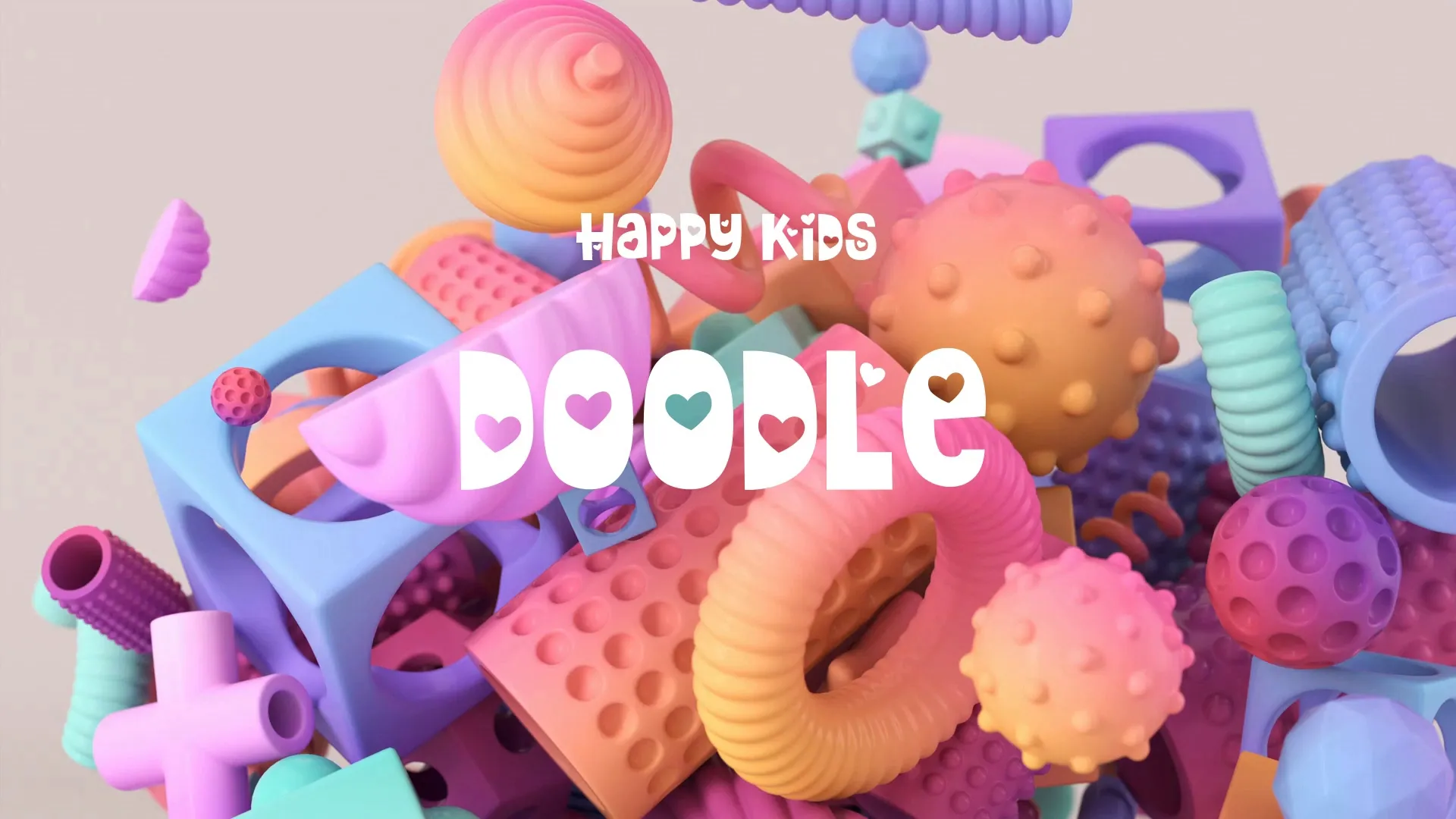Next-Gen Game Design & Advanced Rendering Techniques for Indie Developers
Next-Gen Game Design & Advanced Rendering Techniques for Indie Developers
Indie developers often face the challenge of creating visually stunning games with constrained resources. Next-gen game design tools and advanced rendering techniques are no longer exclusive to AAA studios. They are accessible and vital for standing out.
This article outlines how to leverage these technologies effectively, even with a small team and budget.
Embracing Modern Rendering Pipelines
Modern game engines offer powerful rendering pipelines that can dramatically enhance visual fidelity. Understanding and utilizing these pipelines is crucial for next-gen visuals.
Universal Render Pipeline (URP) and High-Definition Render Pipeline (HDRP) in Unity, alongside Unreal Engine’s native renderer, provide frameworks for advanced graphics.
These pipelines allow for features like physically based rendering (PBR), global illumination, and sophisticated post-processing effects. Choosing the right pipeline depends on your game’s visual goals and target platforms.
For a deeper dive into Unity’s rendering options, consider reading Unity: Understanding URP, HDRP, and Built-In Render Pipeline.
Optimized Asset Creation for Visual Impact
High-quality assets are fundamental to next-gen visuals, but they must also be performant. Indie developers need strategies for creating optimized assets.
Utilize efficient 3D modeling techniques, focusing on polycount optimization without sacrificing detail. Smart texture packing and atlas creation reduce draw calls and memory usage.
Procedural generation tools can create diverse environments and assets quickly, saving significant development time. Tools like Substance Designer allow for highly detailed materials with minimal manual effort.
Leverage Wayline’s Strafekit for high-quality, royalty-free assets that are often optimized for performance. This can significantly reduce the burden of asset creation.
Advanced Lighting and Shadows
Effective lighting and shadows are paramount for creating immersive and realistic game worlds. Modern rendering techniques offer sophisticated solutions.
Implement dynamic global illumination solutions, even if approximated, to create more natural light bounces and ambient lighting. Baked lighting can provide high-quality static illumination with minimal runtime cost.
Volumetric lighting and fog add depth and atmosphere, enhancing environmental realism. Experiment with various shadow mapping techniques to balance quality and performance.
Create a free account, or log in.
Gain access to free articles, game development tools, and game assets.























